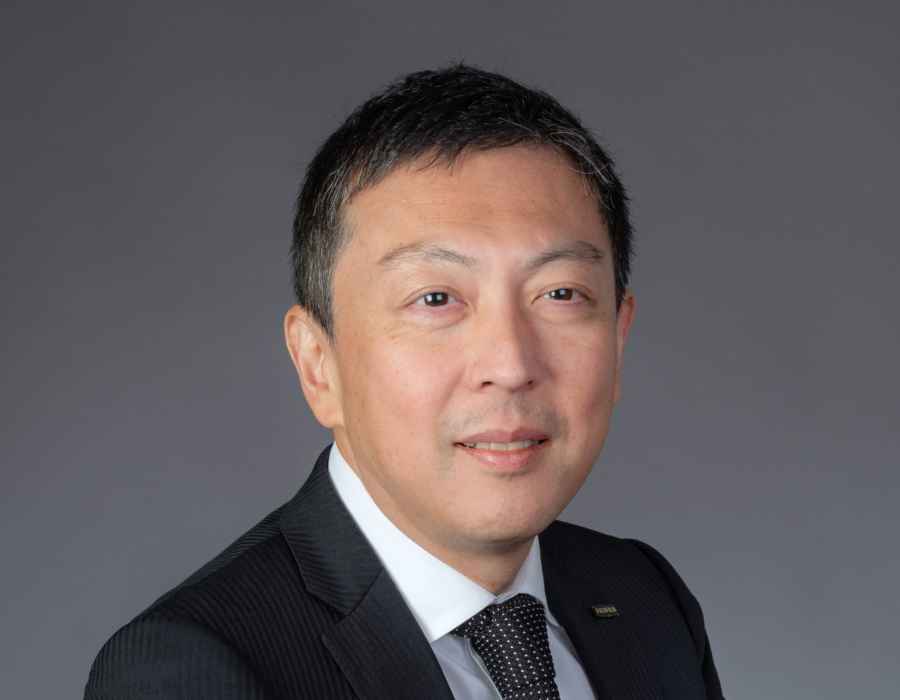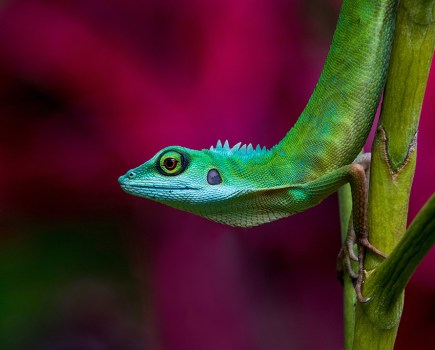Toshi Iida (below) has recently been appointed as the new President and Managing Director of Fujifilm in Europe, responsible for all business divisions. He joined in in 1991, progressing through various divisions before heading up Electronic Imaging and Optical Devices – he has been responsible for the growth and establishment of the X series brand, as well as the successful launch of the GFX series. We caught up with Iida san for a chat to find out his priorities, and to get his take on the current state of a European and global camera market facing a perfect storm.
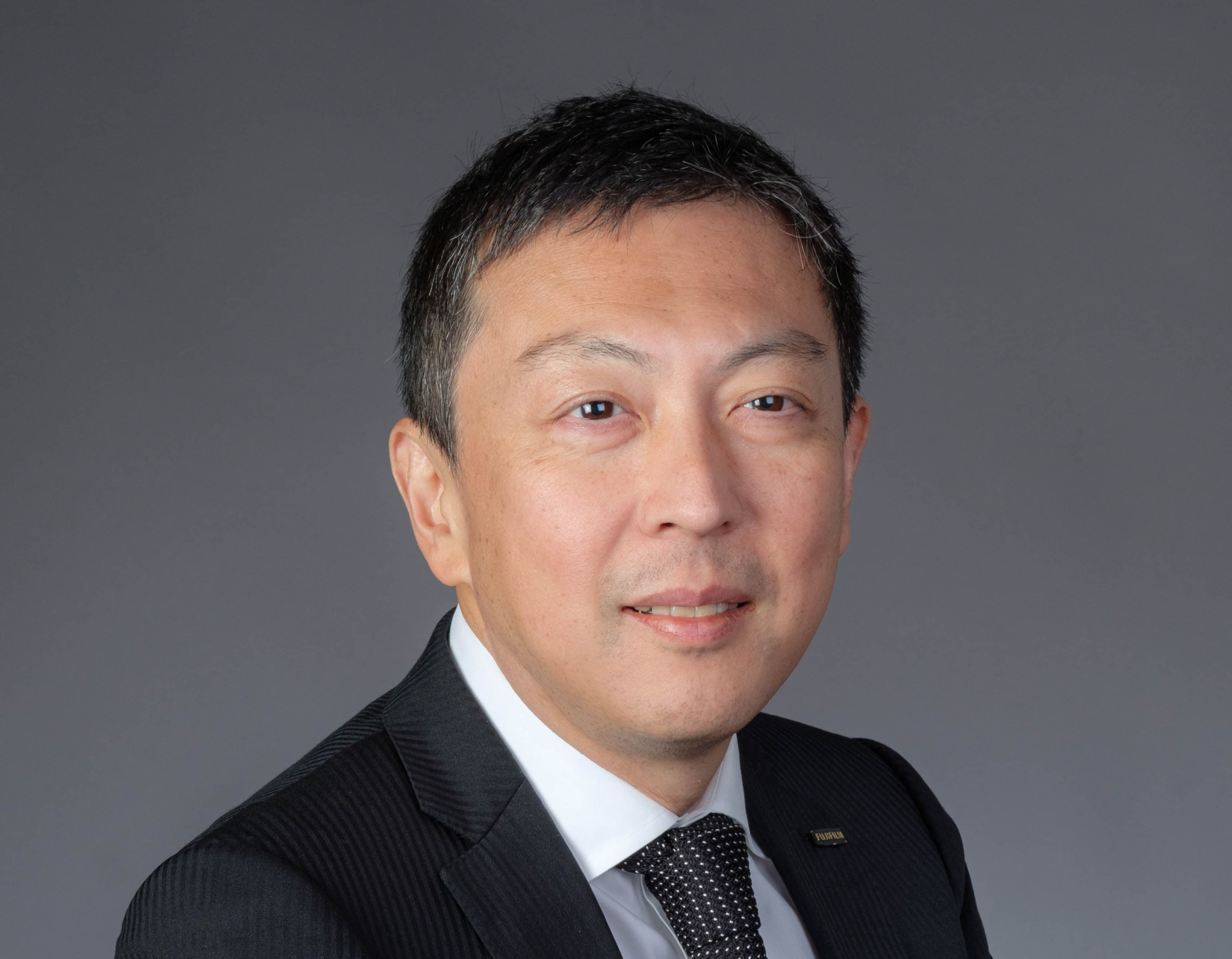
How has COVID-19 affected Fujifilm and the wider photo industry, both in the short and long term?
Of course, we are living through challenging times as COVID-19 continues to impact the daily lives of people around the world. Widely across the photo industry, restrictions have meant that professional photographers and hobbyists have had to halt their activities. Before the pandemic struck, there were more than 8,000 professional photography businesses operating in the UK alone.
It is our role to support these businesses as restrictions ease in the future by ensuring our wide range of systems remain affordable, and by ensuring we continue to deliver our high level of service as we have done throughout the pandemic, which we are incredibly proud of. Looking at the camera industry, we understand that, in general, the global demand for digital cameras has dropped by 40% since the start of April 2020, according to CIPA. Fujifilm, however, has been performing significantly better. This was thanks to great performance of new products such as X-T4 and X100V.
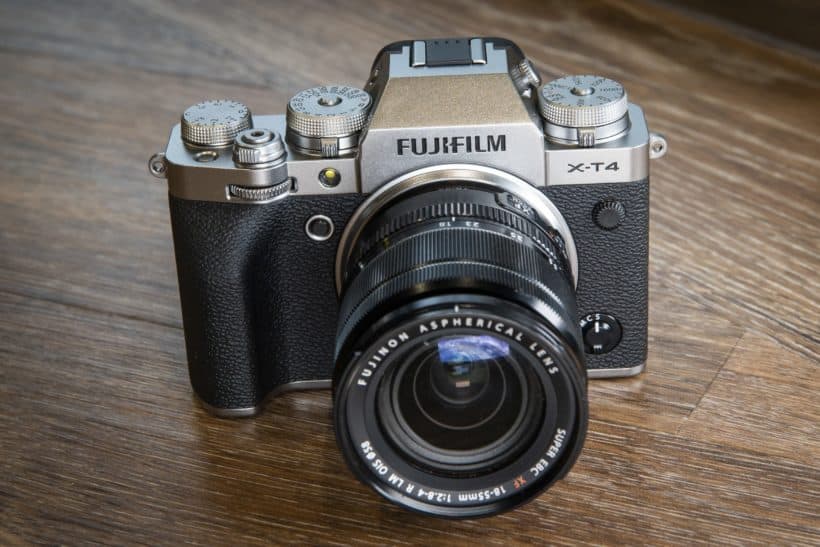
The X-T4, one of Fujifilm’s most important cameras this year
I was glad to learn that even in the pandemic, the enthusiasm for innovative photography products strongly exists. Photography has been key in documenting and storytelling through the pandemic; it is a universal language and we are able to capture this unique time in history, and the power of print has brought comfort to many by looking through old memories during lockdowns – and beyond. This is something we must not forget. And I am glad to see the demand for on-line printing stay solid as people have more time at home and re-looking at their precious memories.
At Fujifilm, we also have needed to focus on playing our part in the challenge of bringing an end to the pandemic as soon as possible. For us, this has come to mean leveraging our prescience and continued commitment as a total healthcare company. Our teams across the UK, Europe and globally have worked tirelessly to supply medical imaging technologies to those on the front line, as well as working to realise the manufacture of COVID-19 vaccines and therapies at scale with pharmaceutical partners. It is no surprise that our healthcare and life sciences businesses in the UK and Europe have been busier than ever before.
What do you see as the biggest challenges over the next couple of years – e.g. the drift towards full frame, or the continued erosion of camera sales by smartphones?
Generally, my biggest challenge is to ensure we keep innovating in R&D. This can be achieved by, in Europe, ensuring we communicate our customers’ voices with our global headquarters in Japan to meet to the demands of the European market. Finding ‘a real consumer demand’ is a key. Looking at cameras and lenses, consumers will look for something to provide a better experience of taking photos and videos. They are not buying a sensor, but an experience. How can we offer something different? We are not a company to simply follow the same path as others.
Moreover, innovation isn’t restricted to something you can hold in your hand; it is also about innovating service. We are faced with the challenge of providing new ways for people to make meaningful connections with the Fujifilm brand and the passion we share for photography. Consumers demand more from brands like ours and are no longer wanting to invest in a product; they want a service and an experience. Fujifilm is a place where people can nurture creativity, whether it is with a Fujifilm camera or a smartphone – and I intend for us to all focus on leveraging that.
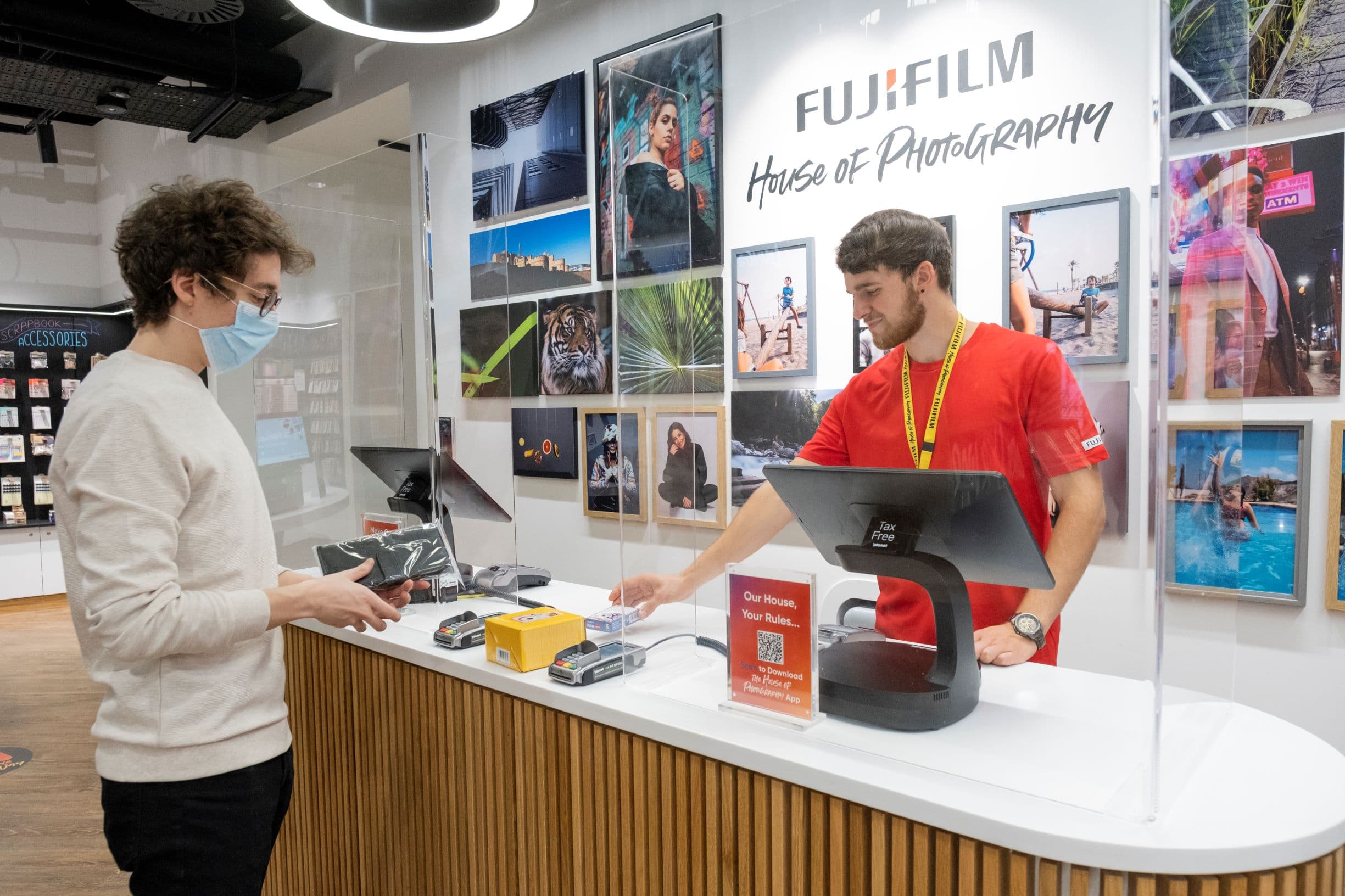
Across our photography business, I want to firmly connect our photography capabilities together. When we opened the Fujifilm House of Photography in London last year – and keeping in line with our various Fujifilm Wonder Photo Shops across the UK and Europe – we wanted to create a photography playground in which visitors can experience picture taking and picture making under one roof. This is what we have achieved. We provide solutions for the whole photography process, from taking a photo to creating something magical with it. This is what gives us the edge over our competitors and is a completely unique feature of our business – this is where I intend to focus.
As the new head of Fujifilm Europe, how does Europe differ from other regions – are certain models/styles/lenses more or less popular?
The European market is very diverse, and this is what makes it such an exciting market to work within – but there is not all that much difference in our bestsellers between regions. The X-T4, X-T3 and X-T30 are all popular around the world, and the X100V has been the bestselling high-end compact globally. The only slight differences we see is that GFX is almost evenly split except in the Chinese market, and there is a piqued popularly of the X-A series in some Asian countries. Globally, instax is one of Fujifilm’s biggest consumer success stories.
We are incredibly proud of this journey, and now we see instax as the most thriving imaging product in Europe last year, achieving double the sales of the next imaging device – according to GfK. Over the last two years, the market has tilted strongly towards full frame mirrorless in terms of camera and lens releases. Why should photographers choose Fujifilm APS-C? To us, it is clear that APS-C is the best-balanced system.
Although we can see competitors in the market shifting toward full frame, we are committed to APS-C as, despite its name, there is no “full” format in our sense. The 35mm format was invented more than a century ago, but there is no reason to stick with this system by default when we have modern digital technologies, such as cutting edge sensors. Mirrorless is the perfect opportunity to step away from this status quo. APS-C is the best answer for those downsizing due to the smaller, lighter lenses, as well as the camera body. GFX provides the best image quality without requiring a high level of investment.

The Fujifilm X-S10
The latest X-S10 is very different to Fujifilm’s previous mid-range mirrorless models, and looks more like a miniature Canon or Nikon DSLR than the retro-style models we’ve come to expect. What’s the thinking behind this?
It was demand coming from customers who used to get along with DSLRs, as well as those who prefer to have more versatile usability for video shooting. With a larger grip, it might look like traditional DSLRs, but it is achieved in much smaller package. You can have very rich features such as IBIS, 4K30p video with long recording time – but with a small weight of just 465g. We believe the X-S10 offers a very smooth transition for DSLR customers to enjoy the latest mirrorless technologies with the advantage of a smaller, handy size. New mode dials and usability, including a fully articulated screen, will also benefit customers who often switch to video mode.
Fujifilm has just updated the 10-24mm wide angle zoom with weather sealing, which should be very welcome for landscape photographers – but they also use standard and telephoto zooms. Can we expect WR updates for other older lenses, such as the 18-55mm and 55-200mm, or the 14mm f/2.8 prime?
I cannot be specific on future products. In general, it requires to completely re-design the inside of a product’s structure. So in some cases, we will have to have R&D from scratch.
Sony has been very good at encouraging third-party lens support by licensing the E-mount, which means its users now have a huge number of lenses to choose from across all price ranges. Should Fujifilm be doing more work with companies like Tamron and Sigma?
I cannot be specific about our working relationships with other companies but we have received and understand our customers’ request.
Further reading
Fujifilm X-T4 review
Fujifilm GFX 100 review
Fujifilm GFX 50 R review

